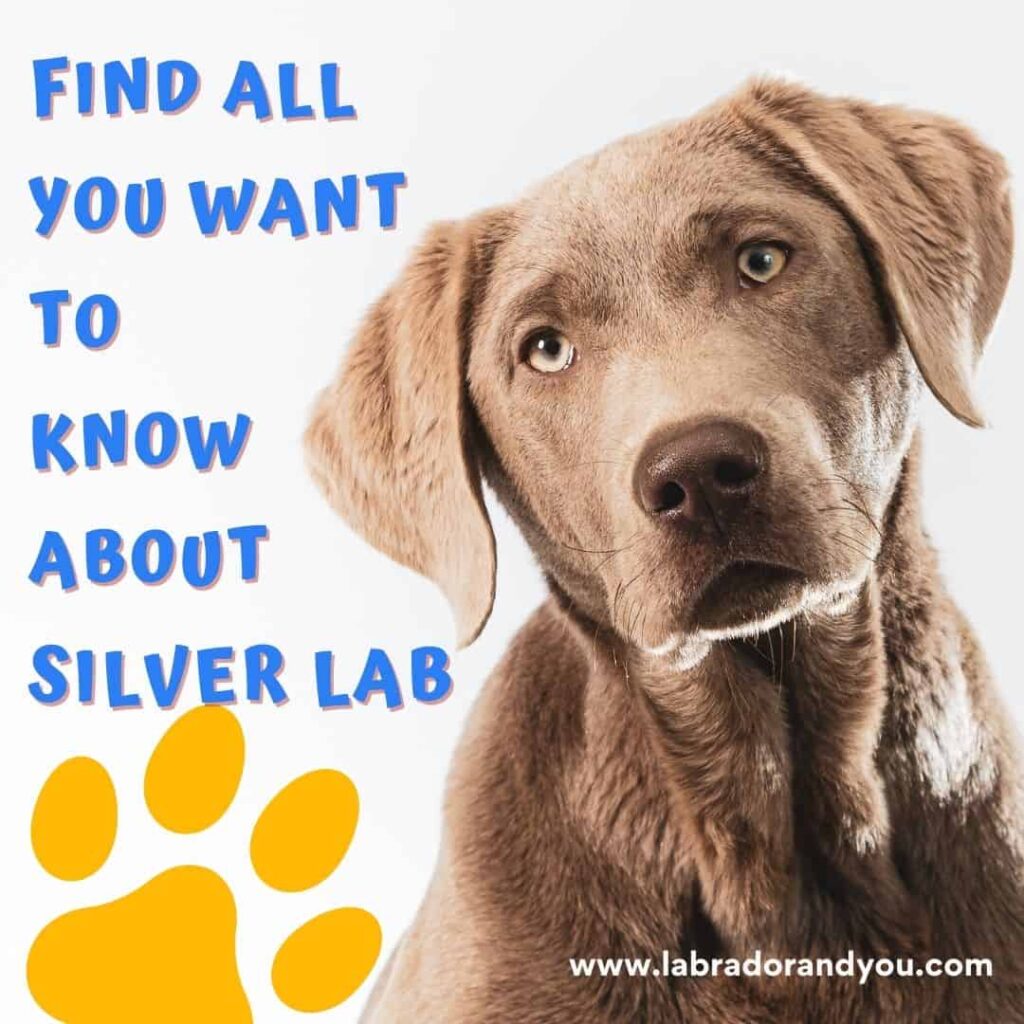Scruffing a dog is a technique used to restrain it by grasping the loose skin on the back of its neck. It triggers a reflex that causes the dog to become still and docile. Scruffing should only be done for brief periods to minimize distress. It can be an effective way to restrain a dog for grooming, exams, or administering medication, but other methods are preferable whenever possible.
What Do You Mean By Scruff Of A Dog?
The scruff of a dog, referring to the loose skin at the back of their neck, serves as a key point in canine communication and behavior in the wild.
Purpose of the scruff
The scruff on a dog has a purpose. Mother dogs move their pups using the scruff. They pick up their babies by the loose skin on their necks. Dogs in the wild do this too. It’s part of being a good mom dog to keep her puppies safe and close by.
This is why we see the scruff as an important part of understanding canine behavior and how dogs act in nature. But, it’s not for people to use without knowing how to do it right.
How dogs use it in the wild
Dogs in the wild have a unique way of using their scruff. The dominant dogs, or those in fights, often grab the other dog’s scruff. This is how they show power. Puppies also use the scruff as a signal.
When their mom grooms them, they sit still and let her do it. They avoid looking her in the eye to show that they submit to her.
What is Scruffing a Dog?
Scruffing a dog is a dog-handling technique. It means grabbing the loose skin on the back of a dog’s neck and shaking it. Some people use this method to try to control or punish their dogs.
The thought behind it comes from how mother dogs pick up their puppies by the scruff. Also, scruffing can stop a dog in its tracks for a short time due to an in-born response. We can see this as helpful, but it also sparks big debates over whether it’s right or wrong.
Reasons for Scruffing Dogs
Scruffing a dog can occur for several reasons, from asserting dominance to steering or restraining the animal; however, it’s most often used as a form of punishment for unwanted behavior.
As a form of punishment
Some people scruff dogs for discipline. They grab the skin on the back of a dog’s neck to scold it. This is for bad behavior. It can be like pulling on a leash or yelling at them. But, this method can hurt dogs and make them sad or scared.
It also breaks their trust in us as owners and trainers. Dogs will start to see scruffing as a scary thing when done wrong. We must train dogs with kindness, not punishment. There are better ways than scruffing to teach good behavior to our pets.
To assert dominance
Some dog owners scruff their dogs to show power. They grab the loose skin on the back of a dog’s neck, just like wild dogs do when they fight. The stronger one holds the other by its scruff.
However, this can be scary for your pet. Your dog may start to feel fear or pain and link these feelings with being handled by you. This leads to issues such as anxiety and aggression.
While it’s important to lead your dog, using fear is not good practice. It’s better to use positive ways of guiding your pet instead of trying to act like an alpha wolf.
To restrain or steer a dog
Some people use scruffing to control a dog. They grab the loose skin at the back of the dog’s neck, called the scruff. It can help steer or hold back a dog that is too excited or moving too much.
But this method has risks. Scruffing can hurt dogs and make them scared of their owner. Using fearfree handling methods helps keep dogs safe and happy.
The Dangers of Scruffing a Dog
Scruffing a dog has the potential to cause physical harm and create a distrustful relationship; delve deeper into these dangers in this section.
Physical injuries
The pain from physical injuries can hurt your dog a lot. Here is how scruffing can harm them.
- It puts too much weight on their neck.
- This hurts and makes them feel bad.
- Scruffing can also cause nerve damage.
- If you are too rough, you might hurt your puppy’s body.
- This could make them cry out in pain.
- They may even stress out or have other mental problems because of this.
- Even handling them the wrong way can lead to harm.
- As a result, they may not be able to lift their head up high anymore.
- If this happens, you should take them to see a vet.
- The best thing to do is stop scruffing once your dog grows out of being a puppy.
Damage to trust and relationships
Scruffing a dog can hurt the bond with your pet. Trust is very important in any relationship, even with dogs. Dogs that get scruffed may feel scared or anxious. They do not always know why they are being punished.
This fear and confusion can break their trust in you. A healthy bond is hard to build when a dog feels unsafe or unsure around its owner. If we hurt our dogs by holding them wrong or shaking them, it will harm our relationship too.
Scruffing Puppies for Behavior Correction
While scruffing puppies can appear effective for behavior correction, it’s crucial to understand the timing and its potential adverse effects on your furry friend. Discover more about this controversial technique in our upcoming sections.
Timing and effectiveness
Scruffing puppies can stop bad habits. But, it has to be done right and at the right time. If you do it too soon or too late, it won’t work. It’s true that scruffing can help with biting issues in a pup.
Still, only use it as your last choice after other training methods fail. Many people think grabbing a dog’s scruff is not felt by them, but this is wrong! Dogs may feel pain or fear from scruffing if not done well.
So, always make sure to use other behavior fixes first like positive reinforcement before turning to scruffing.
Negative consequences
Scruffing puppies for behavior correction can lead to many bad results. Here are some of them:
- The puppy may start fearing its owner. This happens often because the puppy sees scruffing as a scary event.
- Scruffing can make a dog aggressive. When it feels pain or fear, it can turn aggressive to protect itself.
- Sometimes, scruffing can hurt the puppy’s neck. Their neck skin is thinner and more delicate than adult dogs.
- Dogs often feel upset after being scruffed. They might run away from their owners or refuse to obey commands.
- Puppies may not learn the right way to behave if they are always scared. They might keep doing the wrong thing when no one is looking.
- Trust between the owner and the dog can get damaged due to scruffing.
- The bond with your dog could become less strong because of scruffing.
Holding a Dog by the Scruff for Domination
Misconceptions and potential dangers cloud the practice of holding a pup by its scruff for dominance assertion, prompting us to explore reliable positive training methods that foster trust and respect.
Uncover these beneficial techniques in the following section!
Misconceptions and dangers
Many people think holding a dog by the scruff shows dominance. This is wrong. Dogs can feel hurt when their neck is grabbed. When you shake them, it can harm their neck. This may lead to serious injuries.
Scruff grabbing can also make dogs scared or upset. They might turn aggressive or stop trusting you because of the pain and fear they feel from this action so it’s not an ideal way to discipline your dogs’ behavior.
Positive training methods
Positive training methods help to train dogs in a friendly way. Here are some of the methods that are safe and effective:
- Use reward-based training: Give your dog a treat when it follows a command.
- Apply gentle handling techniques: Be kind to your dog at all times.
- Use positive reinforcement: Praise your dog when it does something right.
- Practice humane training methods: Do not cause harm or pain to your dog.
- Try ethical dog training: Respect your pet’s needs and feelings.
- Ensure safe dog handling: Always hold your pet gently, do not hurt it.
- Follow effective training techniques: Try proven ways by experts to train your pet.
Safely Picking Up a Dog by the Scruff for Training
Learn the correct, professional way to pick up your dog by the scruff without causing harm or distress. Discover how a gentle approach, using vocal cues and eye contact effectively aids in training without fostering fear or pain in your pet.
Read on to build trust while still establishing boundaries with your dog.
Professional guidance
Dog trainers know the best ways to handle dogs. They use safe dog-picking up methods. These experts warn not to lift a dog by its scruff. This can hurt the dog and cause trust issues.
You should learn from people who know about canine restraint methods. Your local vet may teach these skills. Pets that feel scared might act out if handled in the wrong way. Ask your vet for help before trying new handling tricks at home.
It is better to be safe and ask first than to make a mistake and hurt your pet.
Gentle approach
Using a gentle approach is key to safely picking up a dog by the scruff for training. It builds trust with dogs and promotes effective training methods. If you are not forceful, your dog may go limp and relaxed.
This shows that dogs don’t feel pain in this situation. You also need to use vocal cues and eye contact as forms of positive reinforcement in dog training. This proper handling should be part of all canine behavior during picking up.
Using vocal cues and eye contact
Eye contact and voice sounds work well in dog training. Dogs know where you look, and your gaze can guide them. Use this to pick up a dog safely by the scruff. Stay calm and use a gentle tone.
If needed, say “Sit” or “Stay.” Wait for the dog to make eye contact with you before you move closer. This shows trust between you two. The right cues help steer clear of harm while picking up a pet by its scruff for instruction.
But be sure, never use it as an act of punishment or abuse.
Signs a Dog Feels Pain in the Scruff
Look for clear signs of distress, such as whining, yelping, or growling. If your dog goes limp or stares at you intensely, this could also indicate pain in the scruff area.
Always pay close attention to your pet’s reactions during handling to ensure their comfort and safety.
Whining and yelping
Dogs often whine or yelp due to pain. This can happen if their scruff feels hurt. If your dog cries out when you touch them, something is wrong. It could be soreness in the scruff area.
Puppies may also show fear by whining or yelping. The nape of a young pup is very sensitive. When you hold them from there they feel afraid and cry out in distress. A weak or limp state can follow these signs as well.
This shows the dog’s discomfort with being controlled.
Aggressiveness and growling
Dogs in pain often show signs like getting mad and growling. This is common if the dog’s scruff hurts. Trying to hold your dog by its scruff may lead to this type of behavior. Dog bites can happen because of improper handling and restraint.
If your dog starts to act out, it might be a signal that something’s not right. This could be a sign that it feels pain in its scruff area from being picked up wrongly or too often.
Owners need to learn correct methods when dealing with their pet dogs’ behavior cues so as not to cause shyness or aggressive behavior in dogs due to poor scruffing techniques.
Staring at the owner
A dog in pain may lock eyes with the owner. They do this to show that something is wrong. Dogs are very aware of their scruff. If it hurts, they might stare at you for help. This is part of their body language.
But beware! Staring at a dog can be bad if not done right. It’s a way some people misuse to control dogs, which can harm your bond with your pet. To keep pets safe and happy, it’s best to learn about proper pet handling and restraint techniques.
Going limp
A dog might go limp if it feels pain in the scruff. You see this often when a mom dog picks up her pup by the loose skin on its neck. The puppy goes limp to stay safe and avoid hurt.
But, older dogs can also show this behavior. If your canine is limping or not using one leg much, it could be a sign of discomfort in that area. It’s crucial to use good training and ways to handle your pet.
This helps stop them from going limp when you pick them up by their scruff.
Conclusion
Scruffing a dog can hurt them. It’s also not good for your bond with your dog. We should handle dogs with care and love. Let’s use other ways to train our furry friends!
- Old Dog Seizures: Causes, Symptoms, and Treatment Options
- Why Is My Dogs Poop Yellow? 8 Reasons & Solutions
- The Only Hill’s Science Diet Review You Need To Read
- How To Adopt An Emotional Support Dog?
FAQs
1. What Is Scruffing A Dog?
Scruffing is grasping and holding the loose skin at the back of a dog’s neck to restrain them. It triggers an innate immobilization reflex.
2. Why Do People Scruff Dogs?
People sometimes scruff dogs briefly to restrain them for things like grooming, medical exams, giving medication, etc. It can calm an anxious or excited dog.
3. Is Scruffing Painful For Dogs?
It’s not painful if done correctly, but it should only be brief. Prolonged scruffing can be uncomfortable and distressing.
4. When Should You Not Scruff A Dog?
Avoid scruffing puppies, elderly dogs, or dogs with skin/neck injuries. Don’t use it to punish or for training.
5. How Do You Properly Scruff A Dog?
Use a gentle but firm grip on loose skin, and support dog’s weight as needed. Keep calm, don’t lift dog off the ground by the scruff.
6. Are There Risks To Scruffing A Dog?
Yes, if done incorrectly it can cause pain, choking, or neurological damage. Never lift a dog off the ground by the scruff.
7. What Are Some Alternatives To Scruffing?
Use treats, toys, and praise to train dogs. For restraint, use leashes, harnesses, or gentle compression. Ask your vet for advice.
8. How Long Can You Safely Scruff A Dog?
Just for brief periods of less than a minute. Prolonged scruffing causes distress and should be avoided.
9. What Dogs Should You Not Scruff?
Avoid scruffing brachycephalic dogs (smushed faces), elderly dogs, puppies, or dogs in pain.
10. Is Scruffing Allowed In Dog Training?
Most trainers advise against it, as it can erode trust and cause fear. Use positive reinforcement instead.
Author Profile
- Site Owner And Dog Lover
-
Aritra, the founder of Labradorandyou.com, is a lifelong dog lover whose passion ignited for Labradors for their loyalty and intelligence. With extensive research and personal experiences, Aritra has become a Labrador expert, offering a rich resource on the breed. Labradorandyou.com provides reliable, timely, and evidence-based information, including Labrador-specific product reviews, training techniques, and care tips.
Labradorandyou.com was born out of Aritra's passion and his desire to share his profound knowledge about the breed. The site serves as a comprehensive resource, offering a wealth of up-to-date information for Labrador owners and enthusiasts alike
Also by the author
-
 Lab-TypesNovember 17, 2023Old Dog Seizures: Causes, Symptoms, and Treatment Options
Lab-TypesNovember 17, 2023Old Dog Seizures: Causes, Symptoms, and Treatment Options
-
 Lab-TypesNovember 17, 2023Why Is My Dogs Poop Yellow? 8 Reasons & Solutions
Lab-TypesNovember 17, 2023Why Is My Dogs Poop Yellow? 8 Reasons & Solutions
-
 ReviewsNovember 17, 2023The Only Hill’s Science Diet Review You Need To Read
ReviewsNovember 17, 2023The Only Hill’s Science Diet Review You Need To Read
-
 Lab-TypesNovember 17, 2023How To Adopt An Emotional Support Dog?
Lab-TypesNovember 17, 2023How To Adopt An Emotional Support Dog?





